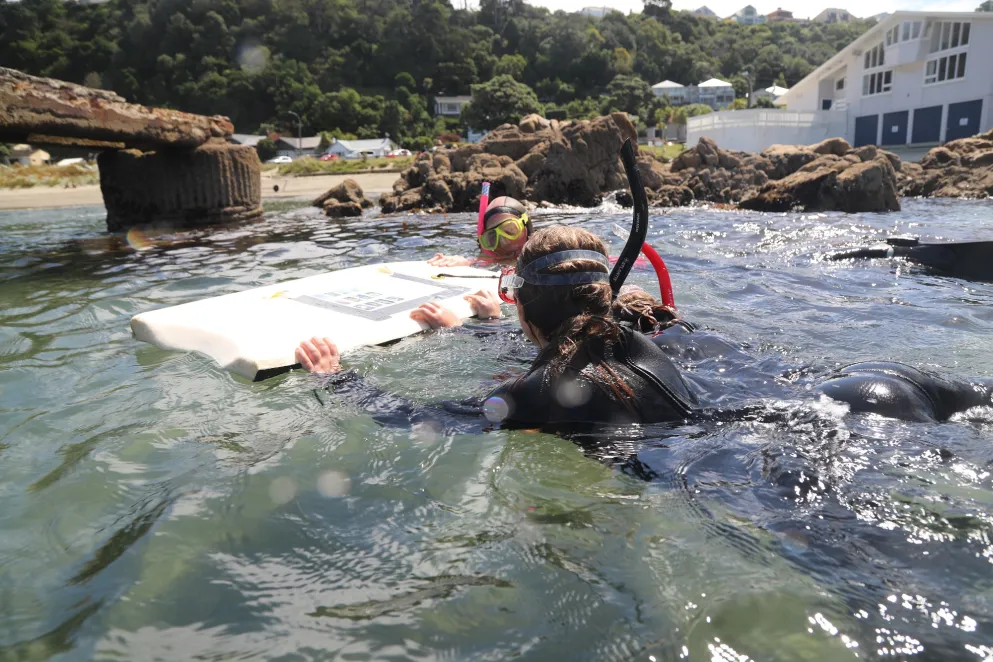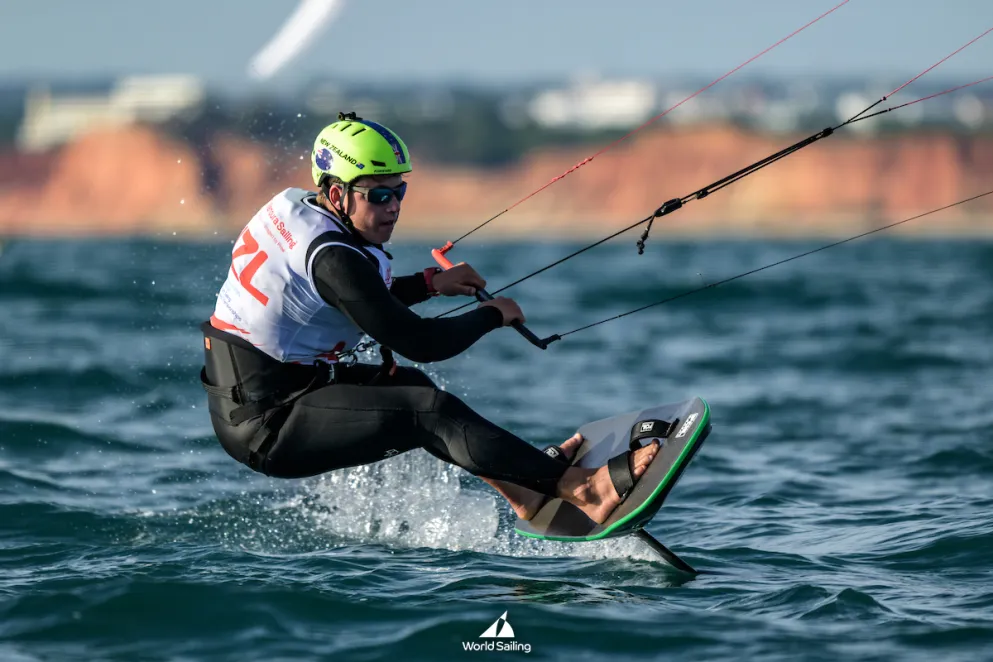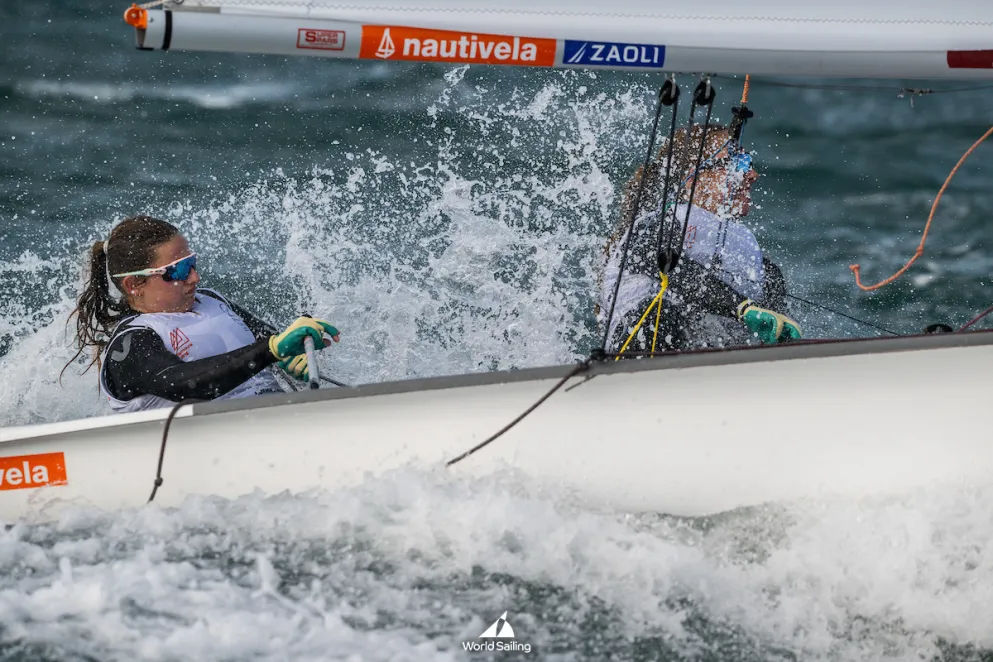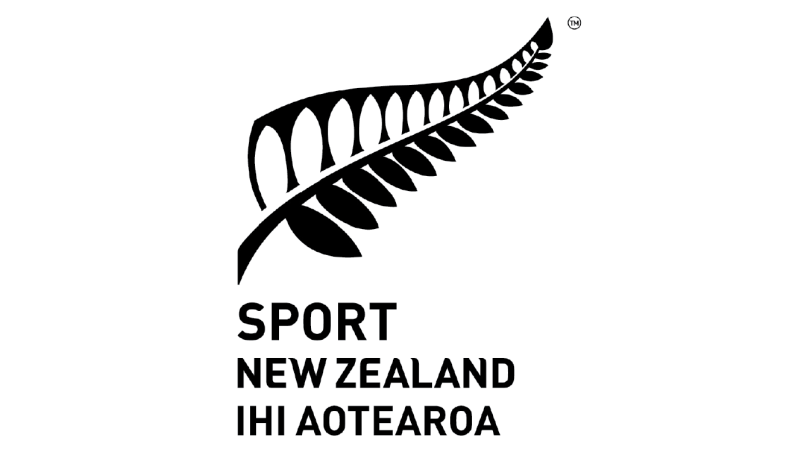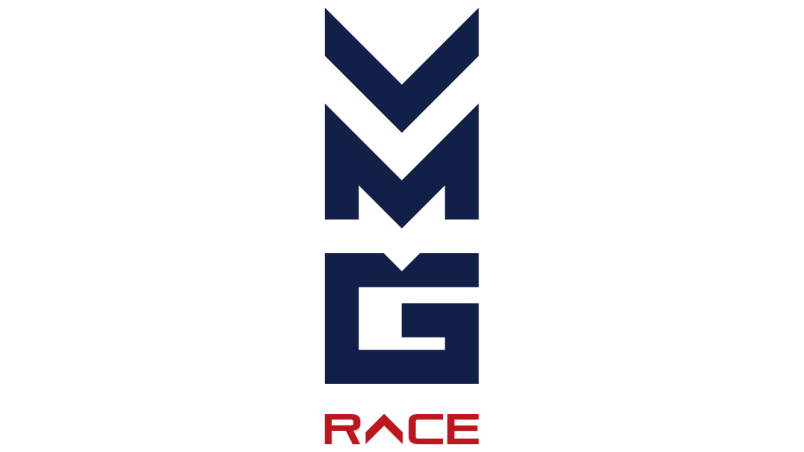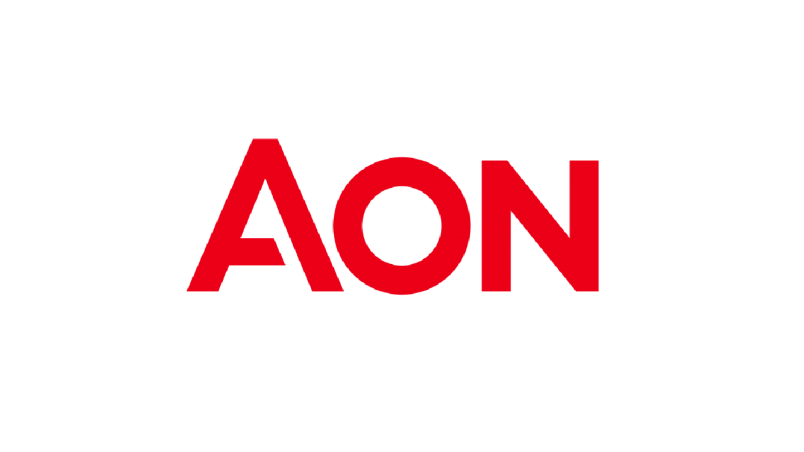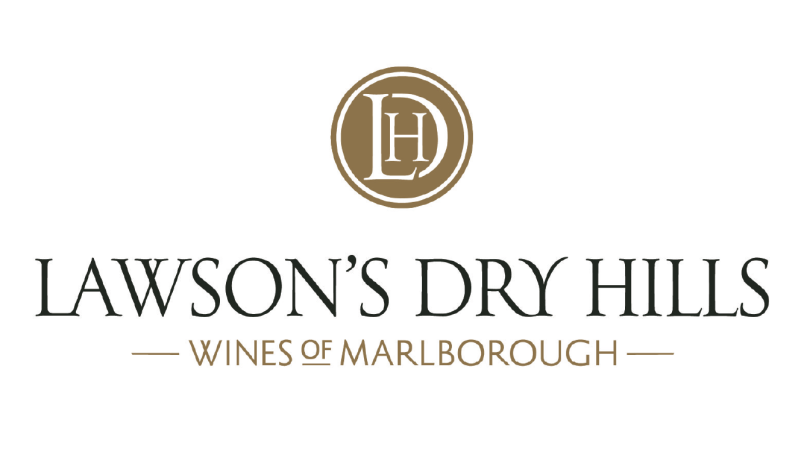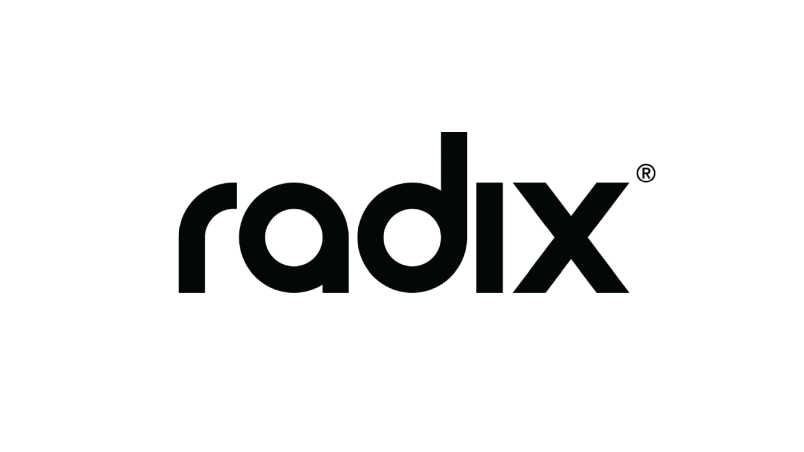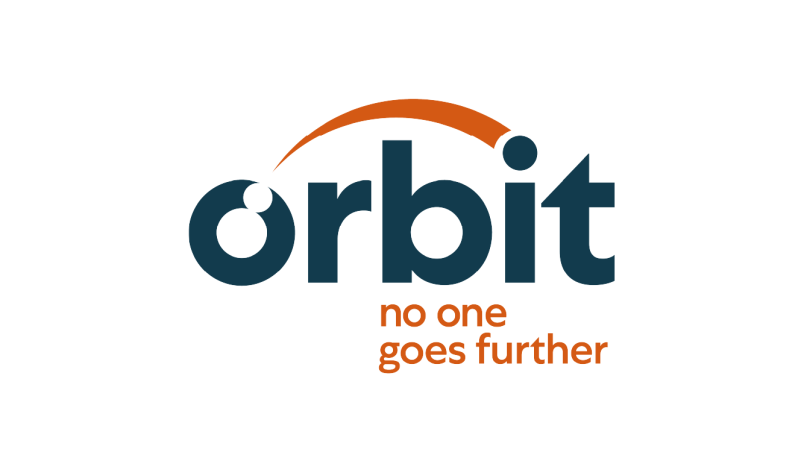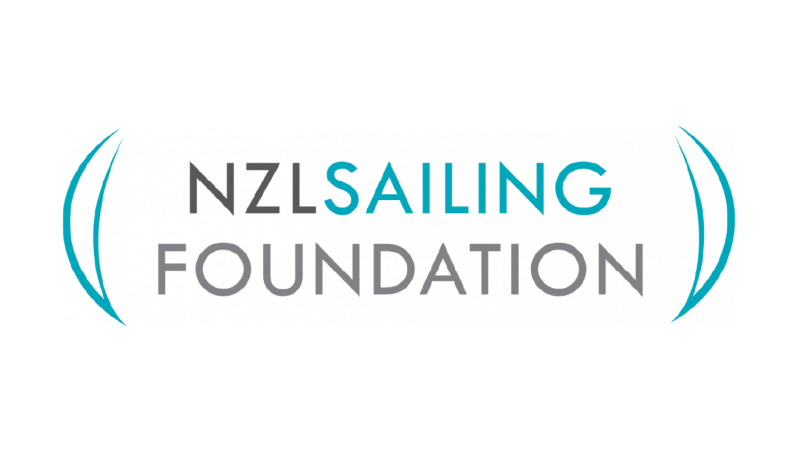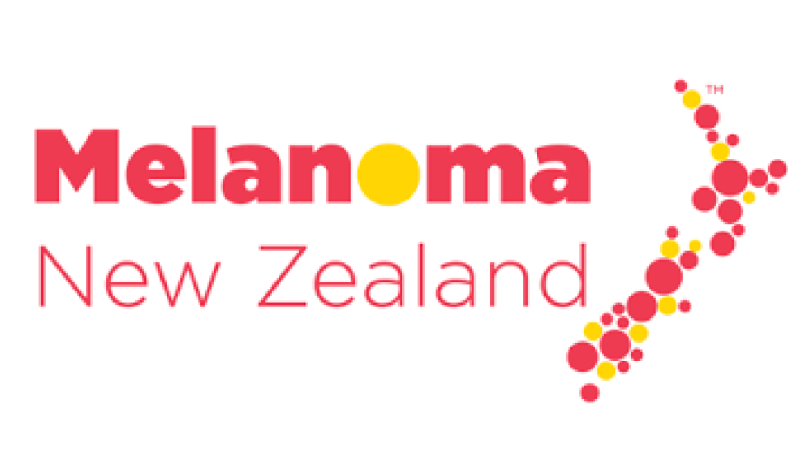Making the connection with RŪNĀ this summer
This article was originally published in the September issue of Yachting & Boating Quarterly, Yachting New Zealand's new e-magazine. Click here to read more.
After a successful debut, Yachting New Zealand’s groundbreaking schools programme is ready for its next chapter, writes Dean Stanley.
Finetuning of the second module in Yachting New Zealand’s RŪNĀ schools programme is under way, for clubs to use alongside the SailGP event in term one in 2024.
'Kōrinorino – in our ancestors’ wake’ focuses on the history of the settlement of New Zealand in the period leading up to and following the signing of the Treaty of Waitangi.
The module explores the similarities and differences in navigation technologies used by explorers such as Kupe and Cook, with the sailing experiences at the club linked to learning about local settlement history that takes place in classrooms at school.
During Kōrinorino students explore how Māori and European settlers used the stars and other wayfinding signs in nature to find their way to these shores. They then use this knowledge to help research what the early interactions were like between Māori and settlers in general, as well as in the place where they live.
“Kōrinorino has been designed to help students unpack the stories of arrival, settlement, conflict and unity that underpin our connections to one another,” explained Yachting NZ’s national sport development director Raynor Haagh.
Worser Bay Boating Club has been involved in developing and trialling Kōrinorino with a cluster of its local schools. The club and the schools have worked with tangata whenua to develop an activity that gets students to use Kāpehu Whetū, the Māori star compass, to find out facts about their local history, both before and after the arrival of European settlers.
“Our sailing area is called Te Whanganui a Tara, after the Ngai Tara Iwi who inhabited the Whetūkairangi Pa site on the hill above the club, while the bay itself was named after Worser Heberley who was the pilot that shepherded the first settler ships through the harbour heads,” said Worser Bay Boating Club commodore Bill Grindell.
“Kōrinorino enables us to collaborate with teachers in schools around us to help them impart this and other aspects of our local history in a fun and novel way.”
Work has already started to set up a network of 13 clubs around the country to be ready to deliver Kōrinorino to their local schools as the excitement of the SailGP returns to New Zealand in the first school term of 2024.
“Sport New Zealand has invested in Yachting New Zealand to start to roll out RŪNĀ over the next couple of years, and one of the first steps in that process is helping get a group of clubs across the country ready to deliver Kōrinorino, including localising the Kāpehu Whetū activity to reflect their own local history stories,” said Yachting New Zealand RŪNĀ Kaiwhakahaere Alisa Torgersen.
Completing this work not only connects clubs and their local schools, but it is also one of a suite of initiatives helping Yachting New Zealand to realise one of its five strategic goals – to increase diversity in sailing.
“There is an old saying in sport that goes ‘if you can’t see it, you can’t be it’ and we are using RŪNĀ as a vehicle to help Māori and Pacific people to see themselves in sailing, which we hope will make them want to be involved and feel welcome in our sport,” Haagh said.
In addition to localising the Kāpehu Whetū activity in Kōrinorino, clubs involved in the rollout of RŪNĀ will be supported to work with mana whenua to establish a rāhui or similar form of marine environment protection for the Moanamana module.
They will also be helped to include pūrākau (local stories) in their school’s programmes, and to build Va’a Motu (traditional sailing waka) for use across all three RŪNĀ modules.
“We are at the early stages of the RŪNĀ journey and are really looking forward to how it unfolds over the next few years and seeing the impact it has on increasing both participation and diversity in our sport,” Haagh said.
Click here for more on Yachting New Zealand’s RŪNĀ schools programme.

